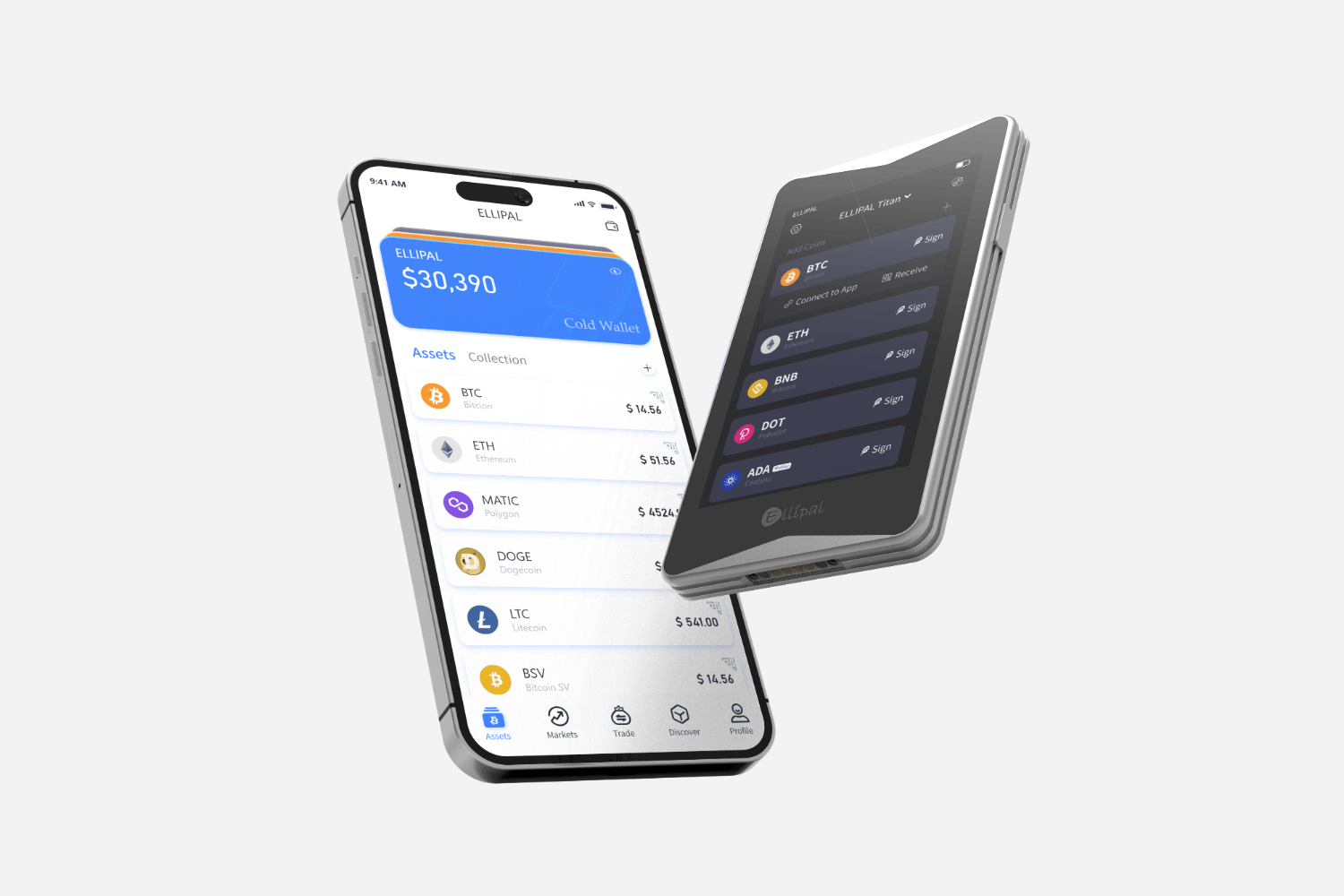In the ever-evolving world of cryptocurrency, securing your digital assets is paramount. One of the most effective ways to safeguard your investments is by using a cold wallet. This guide will provide a comprehensive understanding of how to use a cold wallet and ensure your crypto assets remain secure.

What is a Cold Wallet?
A cold wallet, also known as a hardware wallet, is a physical device that stores your cryptocurrency offline. Unlike hot wallets, which are connected to the internet, cold wallets provide an extra layer of security by keeping your private keys offline. This significantly reduces the risk of hacking and unauthorized access.
Why Choose a Cold Wallet?
Choosing a cold wallet offers several advantages:
- Enhanced Security: Since cold wallets are offline, they are immune to online threats such as hacking and phishing.
- Control Over Private Keys: You have full control over your private keys, ensuring that only you can access your funds.
- Long-term Storage: Ideal for holding large amounts of cryptocurrency for extended periods without frequent transactions.
How to Set Up a Cold Wallet
Setting up a cold wallet involves a few essential steps. Let's explore them in detail:
1. Purchase a Reliable Cold Wallet
First, you need to purchase a reputable cold wallet. Some popular options include the Ledger Nano S and Trezor Model T. Ensure you buy from an authorized dealer to avoid counterfeit products.
2. Initialize the Device
Once you have your cold wallet, follow the manufacturer's instructions to initialize the device. This typically involves:
- Connecting the device to your computer via USB.
- Setting up a PIN code for added security.
- Generating a recovery seed phrase, which is crucial for recovering your wallet if lost or damaged.
3. Transfer Cryptocurrency to Your Cold Wallet
After setting up the device, you can transfer your cryptocurrency from an exchange or hot wallet to your cold wallet. Ensure you double-check the receiving address to avoid any errors.
Best Practices for Using a Cold Wallet
To maximize the security of your cold wallet, follow these best practices:
1. Keep Your Recovery Seed Safe
Your recovery seed is the key to accessing your funds if your device is lost or damaged. Store it in a secure location, such as a safe or a safety deposit box. Avoid digital storage to prevent hacking risks.
2. Regularly Update Firmware
Manufacturers frequently release firmware updates to enhance security and add new features. Regularly check for updates and install them promptly.
3. Use Multi-Signature Wallets
If you hold a significant amount of cryptocurrency, consider using multi-signature wallets. This requires multiple private keys to authorize a transaction, adding an extra layer of security.
"A cold wallet is an essential tool for anyone serious about securing their cryptocurrency investments." - Crypto Expert
Conclusion
Understanding how to use a cold wallet is crucial for safeguarding your cryptocurrency. By following the steps outlined in this guide and adhering to best practices, you can ensure your digital assets remain secure. Remember, the key to successful crypto investment is not just about making profits but also about protecting your investments.
For more information, you can refer to the Ledger website or watch this informative video on setting up a cold wallet.














